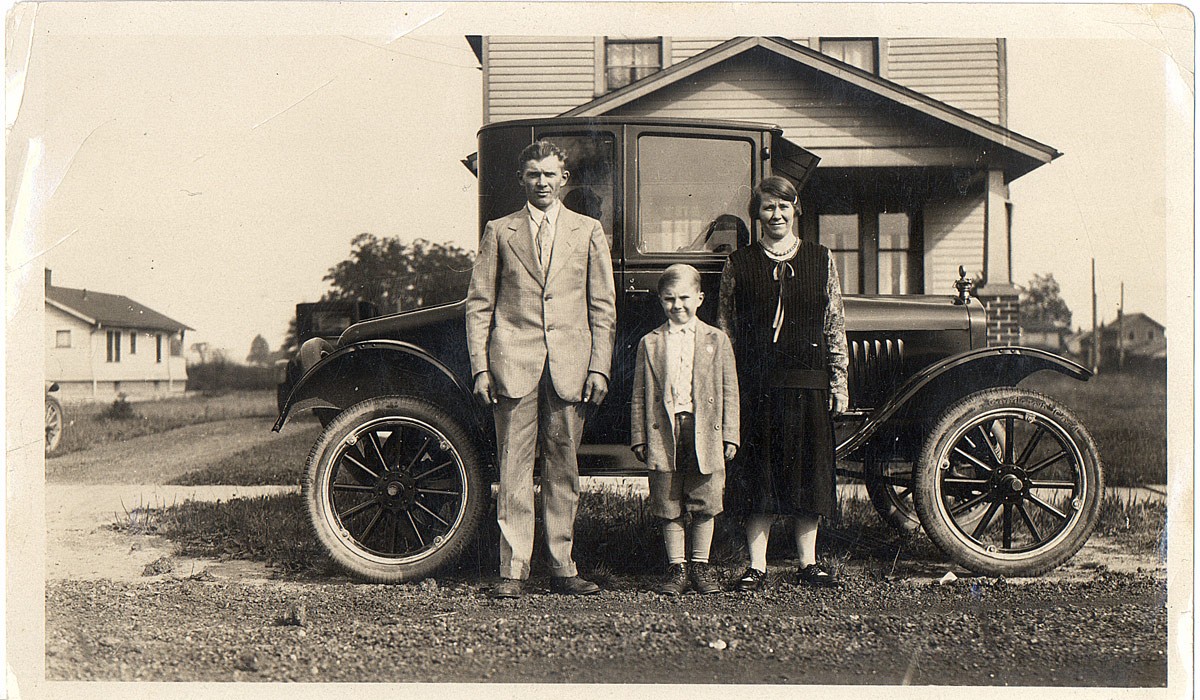
Political repressions
“They shot them in the head and threw them into dug-out pits”: The tragic story of American Finns who perished during Stalin's purges, and how history repeats itself in Russia today.
Text:
Elizaveta Vereykina
Alexander Koskelainen was one of the so-called American Finns who first emigrated from Finland to the USA, but then, influenced by Soviet propaganda, traveled back to the Soviet Union’s Karelia region to build a “bright future”.
The Barents Observer discussed the tragic fate of American Finns in the USSR with the great-grandson of Alexander Koskelainen, Petrozavodsk (capital of Karelia) resident Mihkel Alatalo. For many years he has been researching his family’s history, gathering evidence of the life and death of his ancestors. We also spoke with historian Irina Takala from Petrozavodsk, who has been studying the history of American Finns in the USSR for many years.
Mihkel, why did your Finnish great-grandfather decide to go to the Soviet Union, after he had already emigrated to the other side of the world to the USA?
Mihkel: My great-grandfather Alexander Koskelainen moved from Finland to Boston in 1910 when he was 21 years old. At that time there was unemployment and hunger in Finland.
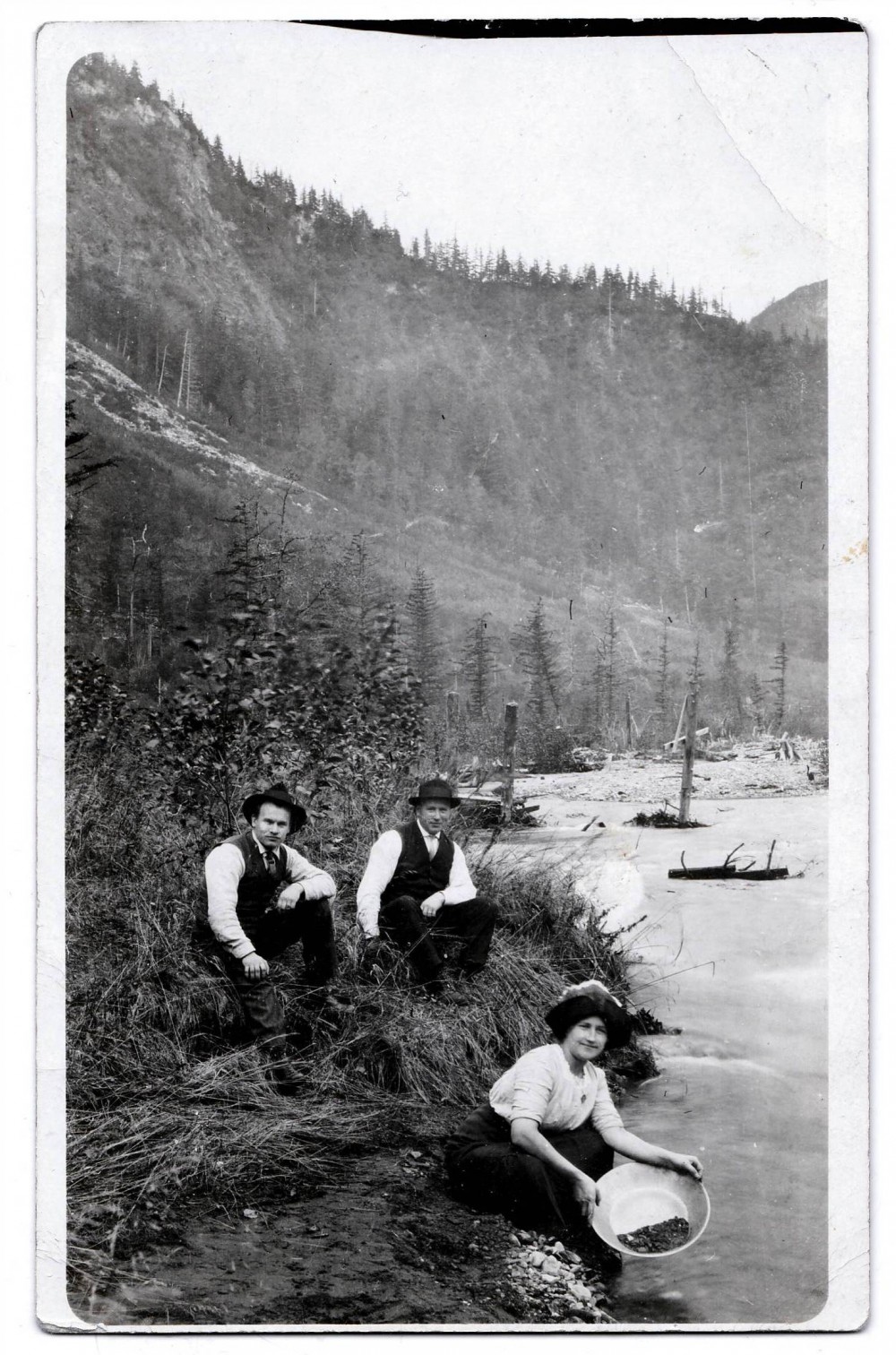
Historian IRINA TAKALA:
At the end of the 19th and beginning of the 20th centuries, mass emigration from Northern Europe to America began. The United States had something to offer: free distribution of free land in the West seemed like a fairy tale to the hungry peasants of the Old World. The Gold Rush in California and Alaska gave hopes of quick and easy wealth. Overall, from 1880 to 1910, about 280 thousand people left Finland for America. According to census data in 1930, 320,500 Finns born in Finland and their children lived in the United States, and 43,600 in Canada in 1931.
Mihkel: In 1915, my great-grandfather Alexander was already living in Alaska and working in the gold mines, where he found himself in a very difficult situation.
“I didn’t succeed with work in the mine…” - he writes in 1915 in a letter to his relatives., - “They stopped paying me for work I was forced to do… The equipment and land remained pledged to the bank…. creditors are pressuring us. For a 10-hour working day I get 10 dollars… Plus I have to pay for debts… I’m going to travel to new mines, maybe I’ll be lucky there…”
But, apparently, he was never lucky. He travelled throughout the United States in search of work. Then the Great Depression in the USA began in the 1930s poverty and unemployment swept across America.
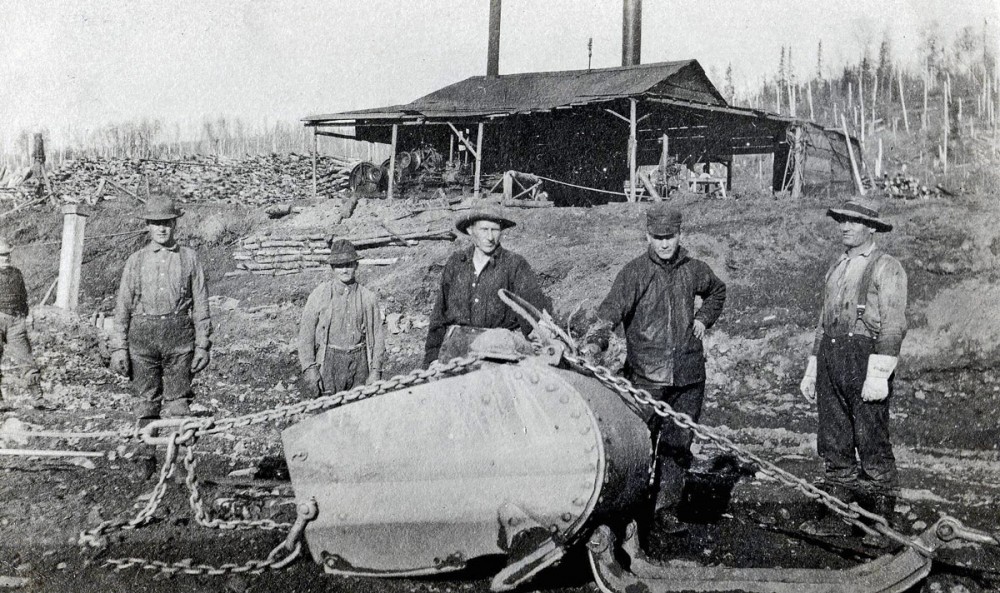
Mihkel: Moreover, their Finnish commune in the USA consisted largely of ideologically fanatical communists, including my great-grandfather Alexander. For example, when his first wife Varma died in the USA from illness, I found an obituary about her in an Alaskan Finnish-language newspaper of the time: “…a working comrade, a faithful fighter for communism…”.
And here are the memories of my other grandfather on my father’s side, Paavo Alatalo, who grew up in a family of Finnish emigrants in the city of Warren, Ohio:
“Agitators came to Warren and … said that a working-class state was being built in the USSR, with no bourgeoisie oppressing the proletariat, where in a few years an ideal society of working people will be built…. As a child, I once had an argument with my friends about whether God exists. I exclaimed: “There is no God. Lenin is the God!”
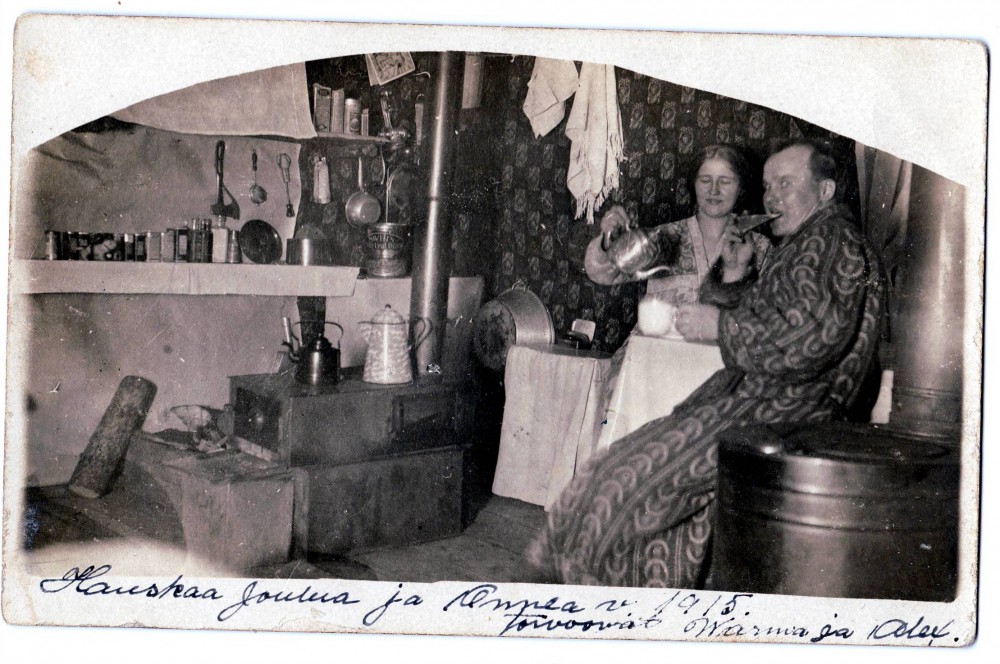
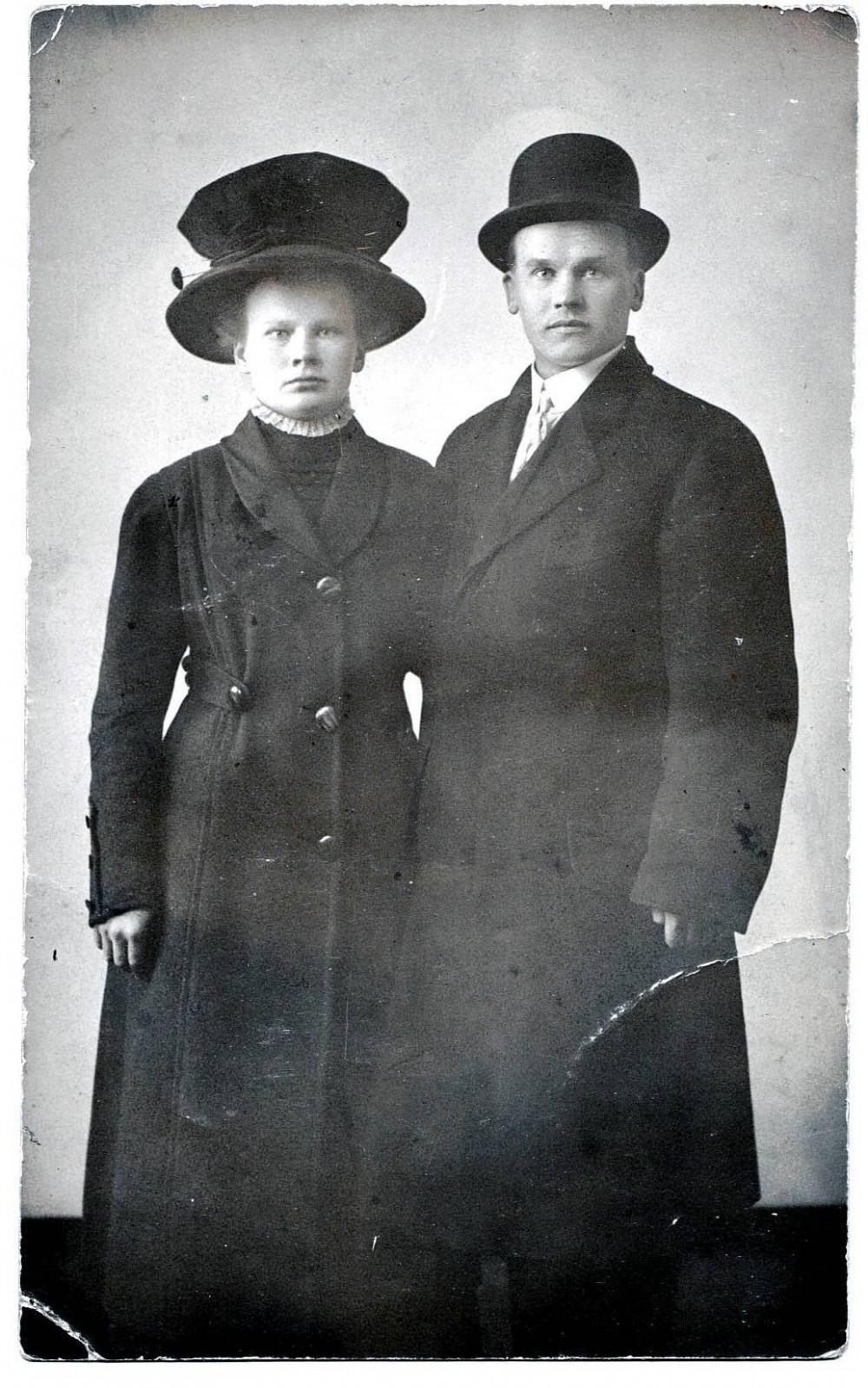
How did they travel to the Soviet Union? What happened to their US property?
Mihkel: Before setting off, they first of all sold out all their property. They had a lot. For example, my grandfather Juha Alatalo (father of Paavo Alatalo), if you look at the photo made in the USA, in the background there is a two-story house and a new Ford car. Even then, in the early 1920s, they had heating and running water in their house. They sold all of this and headed to build communism in Karelia.
“We had a lot of luggage,” my grandfather Paavo Alatalo remembers, “chests, boxes, wide beds and golden ware. We had to stock up on everything for 3-5 years in advance until the economic situation in the USSR improved.”
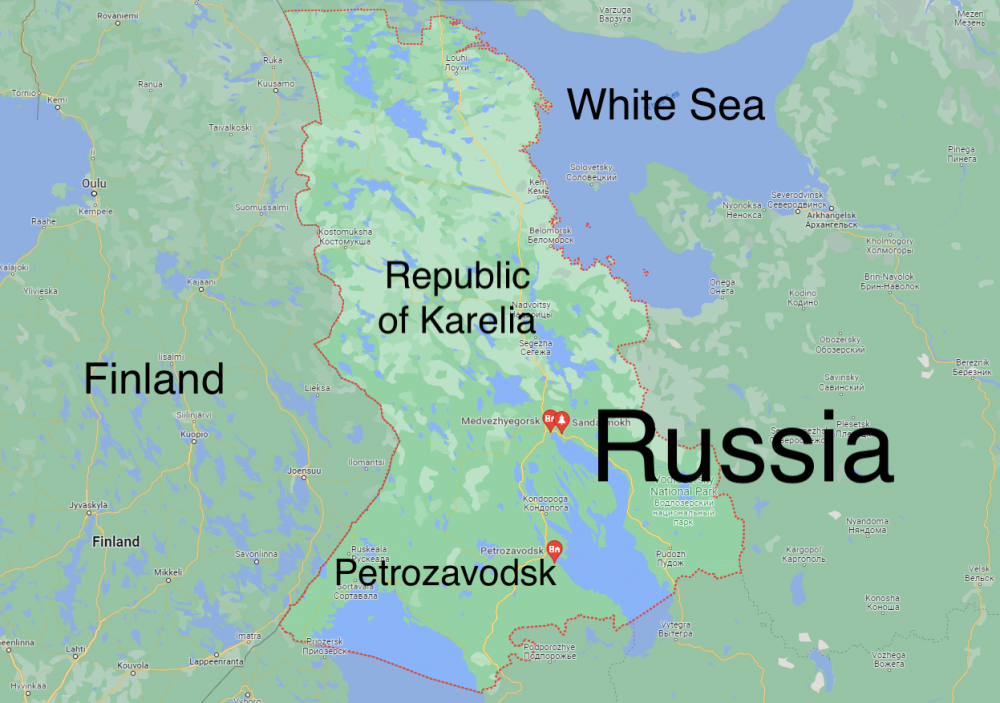
The reality in the Soviet Union at that time was indeed much harder…
Mihkel: From the memoirs of my grandfather Paavo Alatalo: “Our ship, Gripsholm, left the shores of New York on 31st May,1931. It went to Sweden, to Gothenburg, then we continued our journey by train to Stockholm, and then on the small ship “Kastelholm” to Leningrad [Soviet name of St Petersburg].” From Leningrad they went by train to Petrozavodsk. Grandfather Paavo recalls the terrible conditions upon arrival in Petrozavodsk: “The place we lived at was swarming with bedbugs and cockroaches - that was the first time I encountered them. We divided the room with blankets and sheets so that each family could have privacy.
Historian IRINA TAKALA:
In the early 1930s, approximately 6,500 Finns arrived in Soviet Karelia. When the ships departed, people shouted “Hurray” and sang the Internationale [communist anthem]. What they encountered in Karelia became a shock for them: life in dirty, cold barracks, infested with insects, 5-6 people in a room, one washbasin for 3 barracks; awful diet, and a lack of medical care. The huge issue for many was the strange organization of work: lack of materials and equipment, constant downtime, mismanagement, and arrogance of bosses. Plus the complete absence of any cultural or sports activities. So approximately 1300–1500 North American Finns immediately left Karelia.
Those who decided to stay despite the difficulties made a huge contribution to the life of Karelia in the 1930s…
Mihkel: Yes, the American Finns brought with them from the USA tools, money, and unique knowledge necessary for the building of Soviet Russia. At that time in Petrozavdsk there was no sewerage system or running water. The Finns were the first to build all this. In addition, they also built large industrial enterprises. The Finns created a lot of collective farms and farming communes in Karelia, which were very effective and earned a lot, even by Soviet standards. For example, the commune “Säde” [“Ray” in Finnish] was very famous.
They built their own comfortable houses with separate apartments. My great-grandfather Alexander Koskelainen first worked at the Ilyinsky state farm, then at a car factory in Karelavto, at a sawmill in Solomenny, at the largest printing house in Petrozavodsk, which belonged to the “Kirya” publishing house, then at the Onega Tractor Plant.
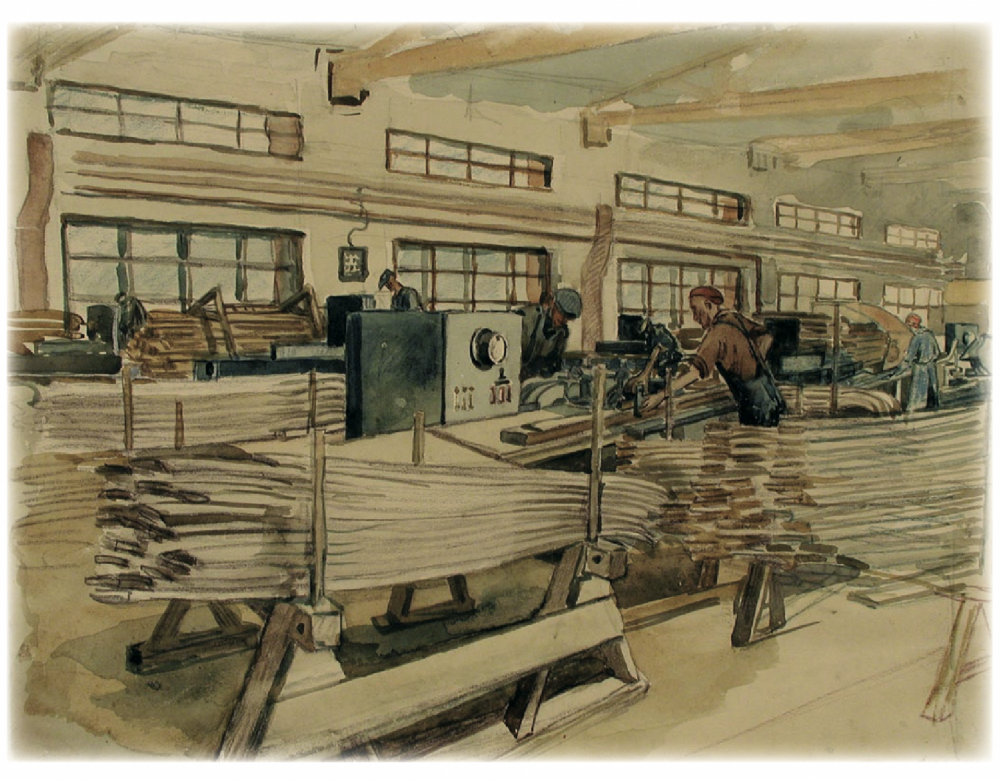
Judging by the pictures of life of American Finns in Karelia, they also knew not only how to work, but also how to have fun.
Mihkel: Yes, it was the American Finns who formed probably the first jazz band in the Soviet Union, the first baseball team. A boxing team was organized there in Karelia, and they also actively skied. A Finnish-language theatre was opened. My grandfather Paavo Alatalo, for example, brought a violin with him from America as a child.
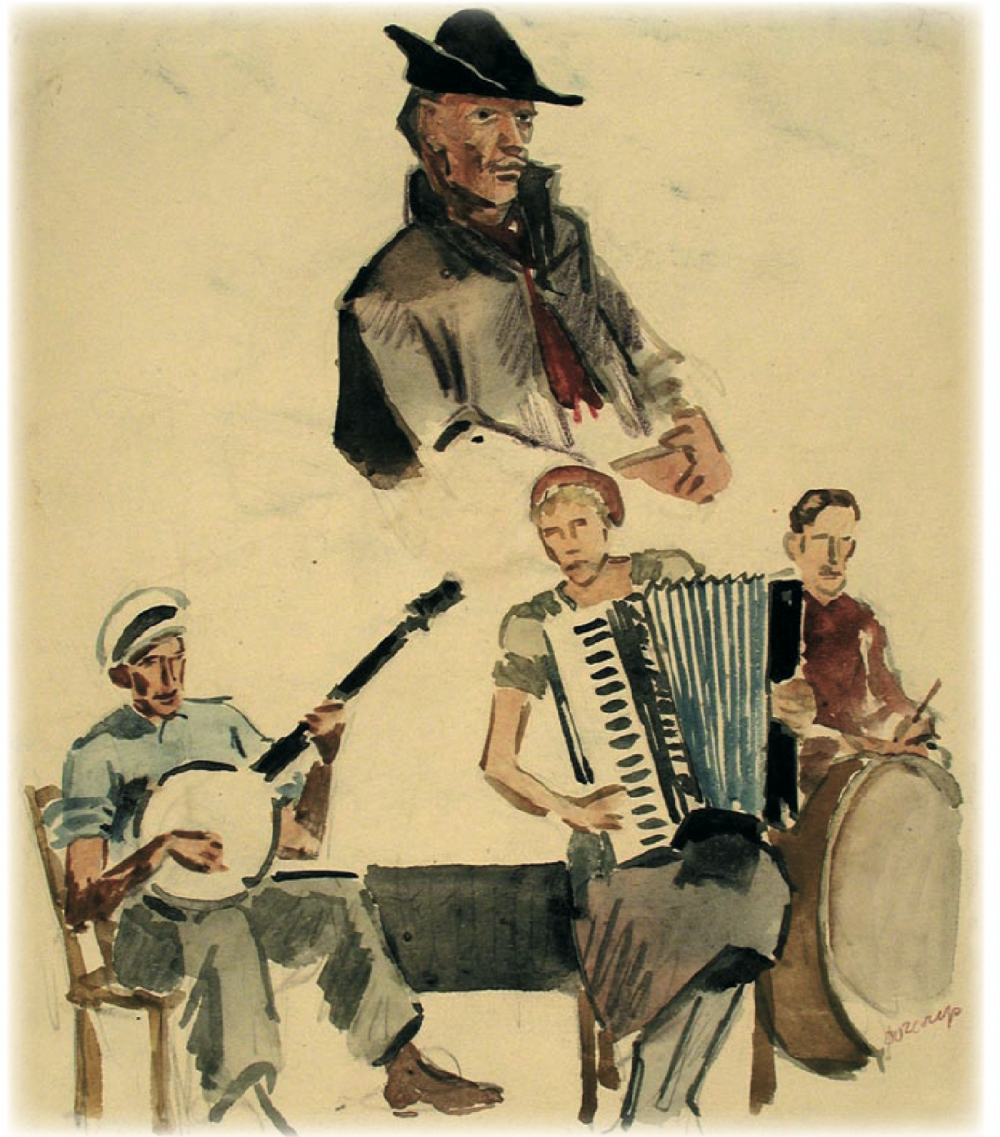
Historian IRINA TAKALA:
Authorities in Moscow started being unhappy with the Karelian economic autonomy at the turn of the 1920s and 1930s following changes occurring across the country: Stalin’s victory over the opposition, industrialisation, and collectivisation. Karelia turned into a raw material appendage of the Soviet economy. In 1935, the Finnish leadership of Karelia was removed and a fight against “Finnish bourgeois nationalism” was declared. The builders of Karelian autonomy were accused of what they opposed 15 years ago when they created the Karelian Labor Commune - seeking to separate the region from the USSR and join bourgeois Finland. The Soviet state, preparing for a big war, tried to eliminate unreliable (and even hypothetically unreliable) elements everywhere.
Mihkel, why was your great-grandfather Alexander Koskelainen arrested?
Mihkel: The easiest thing was to blame foreigners and migrants for all the country’s problems. Just like today, by the way…
My grandfather Paavo Alatalo remembers what started happening in their Karelian school in 1935:
“The sports teacher at our school, Sulo Kokko, whom the children adored, was accused of nationalism because he allegedly made Karelians and Finns compete against each other at the sports lessons. An open court hearing was held right in the school’s hall…”. Sulo Kokko was later executed by firing squad in 1938.
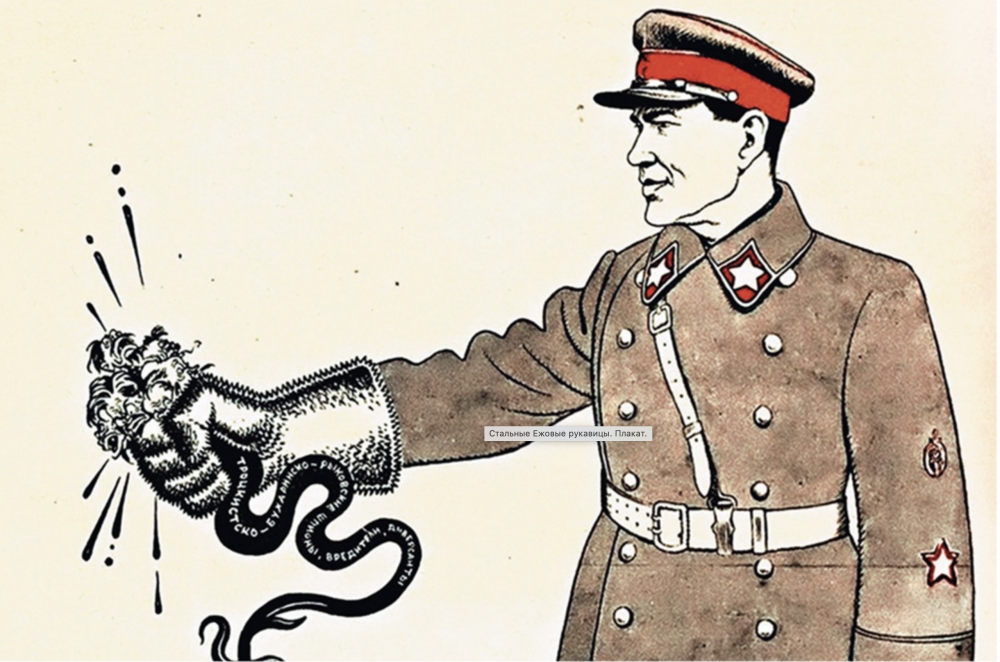
Historian IRINA TAKALA:
The official course towards the mass repressions was taken after Stalin, during one of his speeches in March 1937, called on the party to fight political opponents with “methods of uprooting and defeat”, since they had turned “into a rabid and unprincipled gang of saboteurs, spies and killers acting on orders from the foreign intelligence.”
In 1938, people were arrested in huge groups. For example, in the Petrozavodsk Ski Factory in the summer of 1938, workers were taken to the dungeons of the NKVD (Stalin’s secret police) prison by trucks.
The Bolsheviks sought to form their population by destroying “harmful elements” that allegedly stood in the way of building a socialist society. The culmination of the Bolsheviks’ “population policy” was the Great Terror (1937–1938). Finnish immigrants from Karelia turned out to be the main victims of Stalin’s terror: of the more than 11 thousand repressed in the Karelian republic in 1937–1938, 41% were Finns despite accounting for only 3% of the total population.
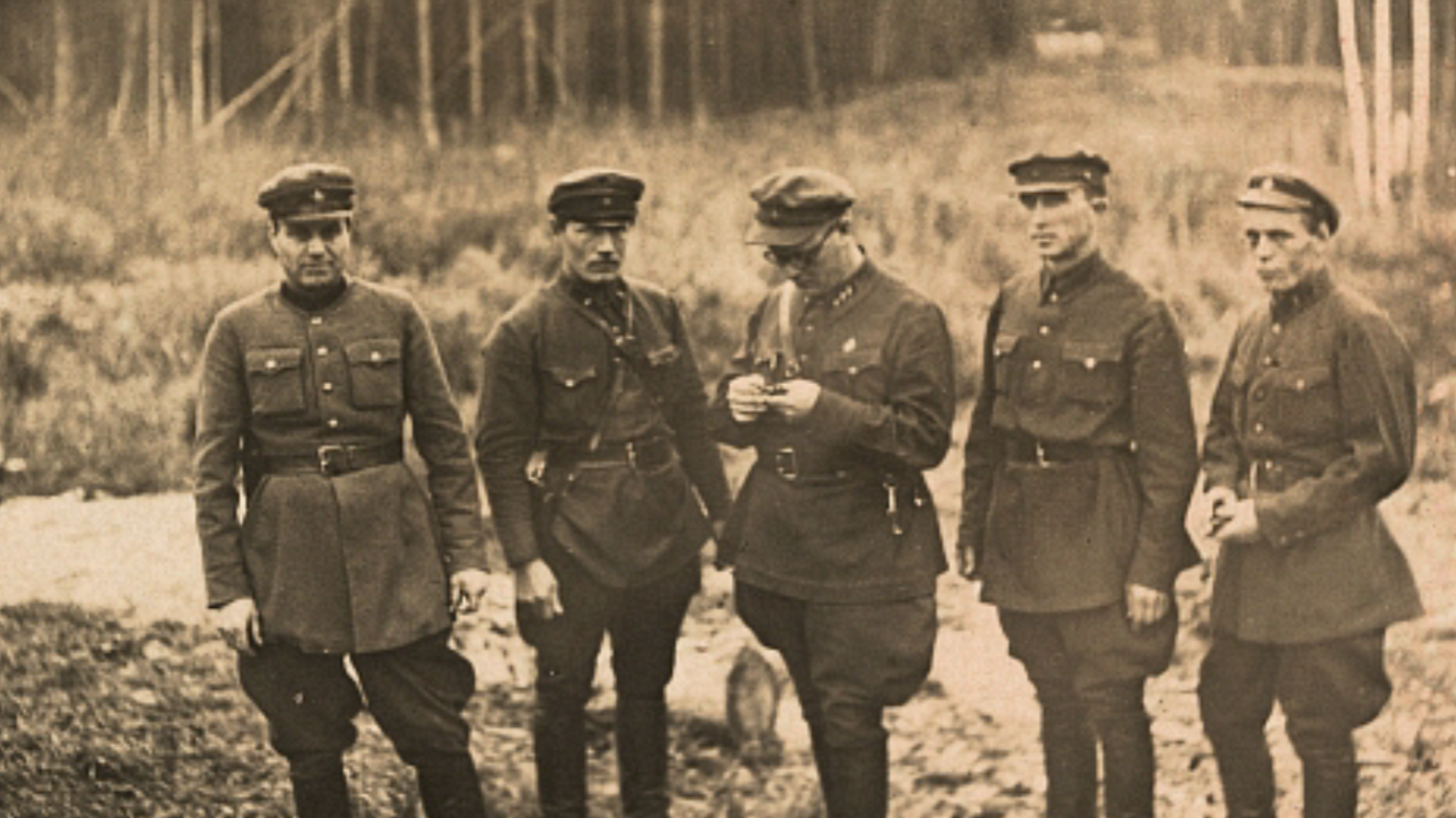
How was your great-grandfather Alexander Koskelainen shot on January 2, 1938?
Mikhkel: I read in the archives the memoirs of their NKVD guards, who, by the way, were later shot too.
Those arrested - men, women and elderly - were transported at night in winter to the town of Medvezhyegorsk. They took a person into a room with three “judges” (called “troika” in Russian). The person was stripped down to their underwear and seated on a chair. The execution verdict was read out. If a person began to panic, an NKVD officer would hit themon the head with a mallet. When a prisoner passed out, they was dragged into the next room. Then the arrested were loaded back into the truck, those unconscious were just piled up in stacks, and transported from Medvezhyegorsk to the Sandarmokh forest, about 15 km away.
By the moment they arrived, graves had already been dug out in the forest - deep, round, wide ditches between the trees. They dragged people through the snow to these pits, shot them in the head and threw them into the pit.
Historian IRINA TAKALA:
Sentences given by non-judicial authorities in Karelia were among the most brutal in the country. The firing squads worked tirelessly. For example, on January 20–21, 1938, in the vicinity of Medvezhyegorsk, 685 people were shot dead. On February 11, 1938, 110 people were shot there. Alexander Koskelainen was among them.
In total, approximately 4700 Finns were repressed in Karelia during the Great Terror, including about a thousand of the American Finns. 85% of repressed Finns were sentenced to death.
At first, the Soviet government actively encouraged them to come and build a bright future, and then the same government killed them like dogs. I don’t understand this logic.
Mihkel: Do you understand the logic of what is happening in Russia now?
No, I don’t understand … And what happened to the family that was left without Alexander?
Mihkel: Alexander’s wife, Ida, and their daughter Silva, my grandmother, who was 12 in 1938, were evicted from their apartment and sent to hard labor on Lake Onega - Oleniy Island. In Grandma Ida’s work documents, there is a stamp: “Stone mining”. And NKVD officers settled in their comfortable vacated apartment, which was typical for that time.
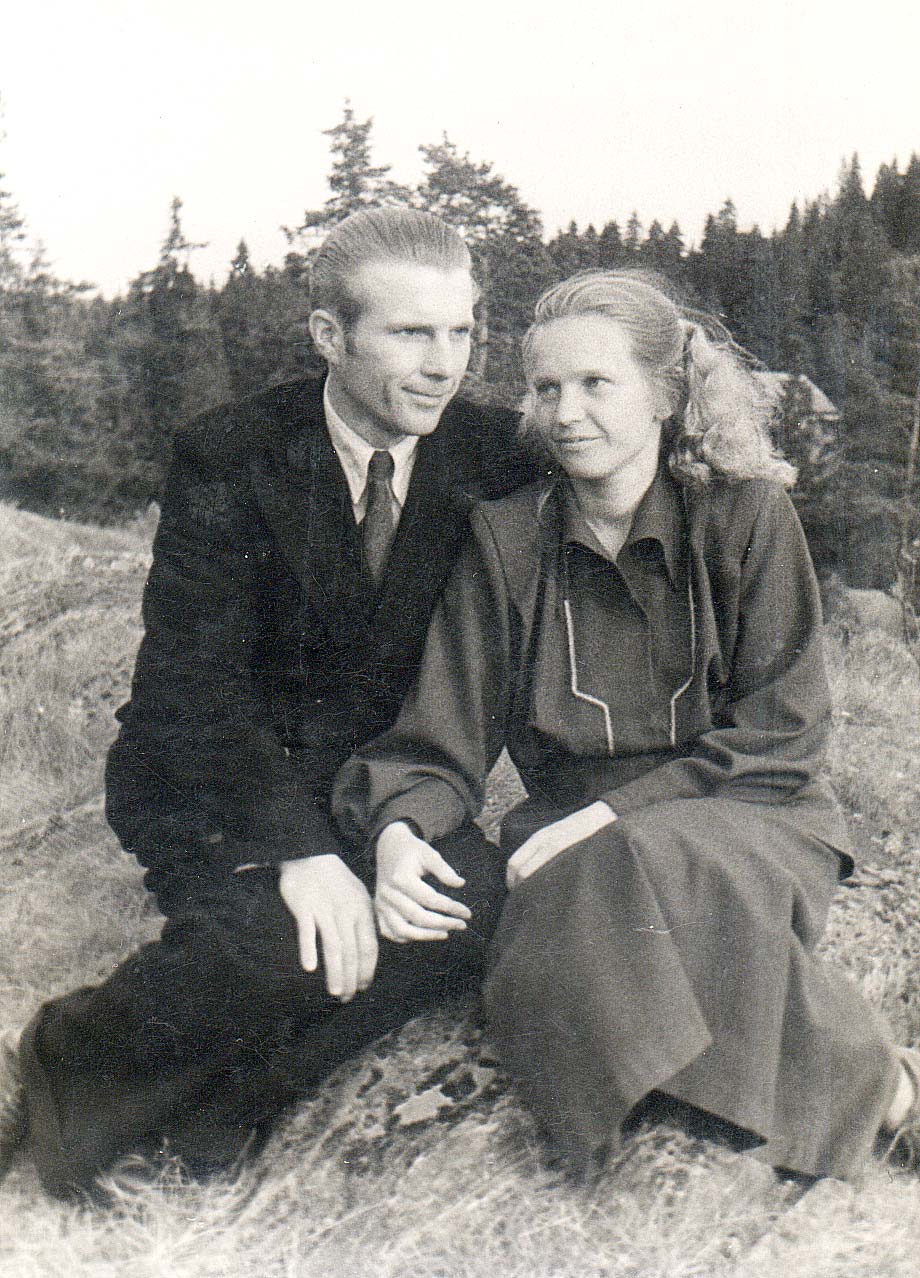
Have your family ever thought about moving to Finland or back to the USA?
Mihkel: At that time, the Second World War had already broken out, and a simple struggle for survival began. Only after Stalin’s death during the Khrushchev Thaw “ottepel” in 1957 did grandfather Paavo go to Finland for the first time to receive an inheritance from his Finnish relatives. He bought a Moskvich car there and drove it to Petrozavodsk.
I was born in Petrozavodsk in 1972, I left for Finland from Russia only recently, in August 2022… However in the early 1990s, many ethnic finns started leaving Russia. Me too - I also left for Finland for some time, but after 6 years returned to Petrozavodsk. In Finland back then in 1995 and 1996 there was an economic crisis and unemployment. But in Russia, on the contrary - in these same years everyone was inspired. President Yeltsin, democracy…, people said “Russia is rising from its knees.” I left Finland for good to go back to Petrozavodsk. But 2022 changed everything again.
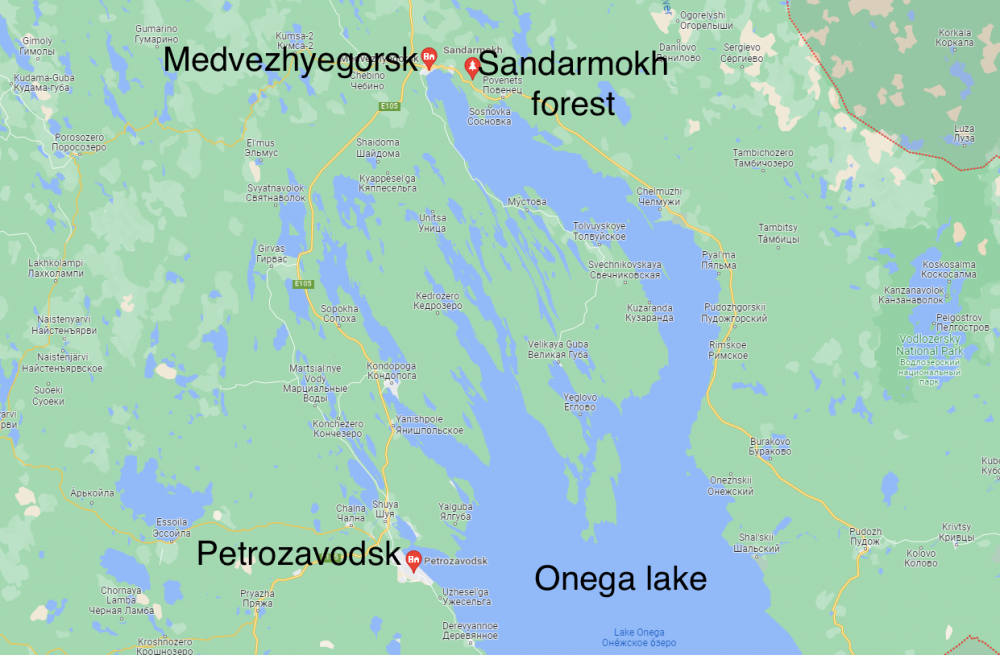
You said that you visit the mass grave in Sandarmokh every year. What do you think about when you’re there?
Mihkel: I think that Russia is turning to the past. Even 10 and 15 years ago, all the top officials of Karelia annually visited Sandarmokh, and took group photographs. And now it is forgotten. History is silenced today. To make a view as if everything was fine before, nothing bad could have happened. And if something bad did happen, it wasn’t us, it was someone else.
That’s sad. Plus, because of the criminal case against the historian Yuri Dmitriev, who actually discovered Sandarmokh’s mass graves, officials do not want to get involved with it.
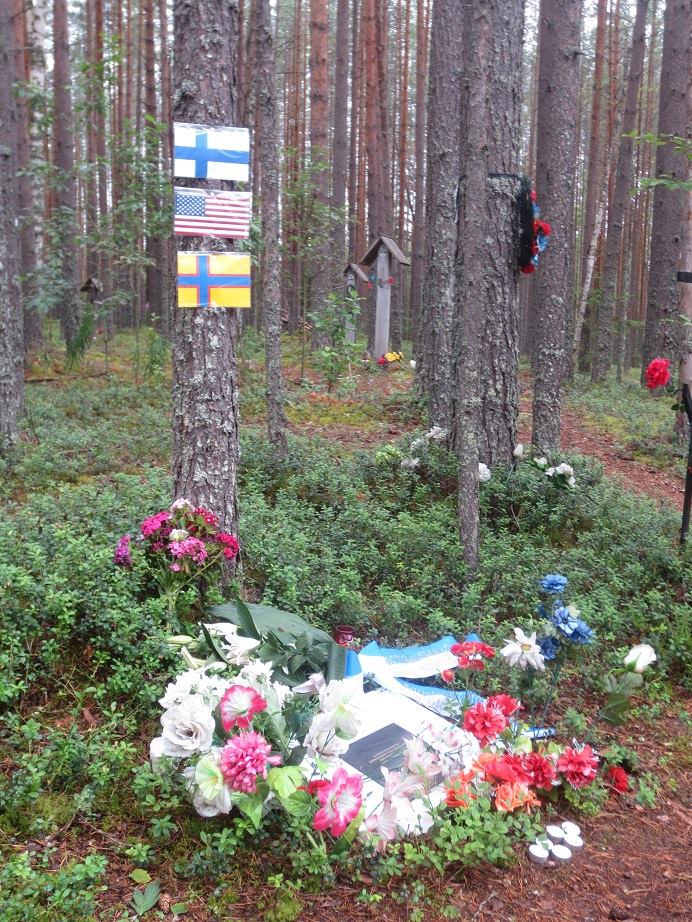
What will such oblivion lead to?
Mihkel: A repetition of everything we have gone through. If you don’t know your history, you repeat it in circles.
By the way, did your grandmother Silva, the daughter of Alexander Koskelainen, become “loyal to the cause of the working class”?
Mihkel: Yes, sure! My grandmother had been an active communist in Karelia all her life until she died in 1998. - She always held leading positions in the Communist Party in Petrozavodsk.
Why did she remain a devoted communist despite everything that happened to her father Alexander?
Mihkel: She didn’t talk to me about this topic. But I can understand it. Propaganda back then worked no worse than today. If cruelty was explained in any way, it was either by excesses on the ground or by sabotage of specific individuals, and after Stalin’s death, he was blamed for everything. Even though I do think that it is Stalin’s fault, but in the Soviet Union they never dared to talk about the guilt of the Communist party in general or ever doubted the very idea of communism.
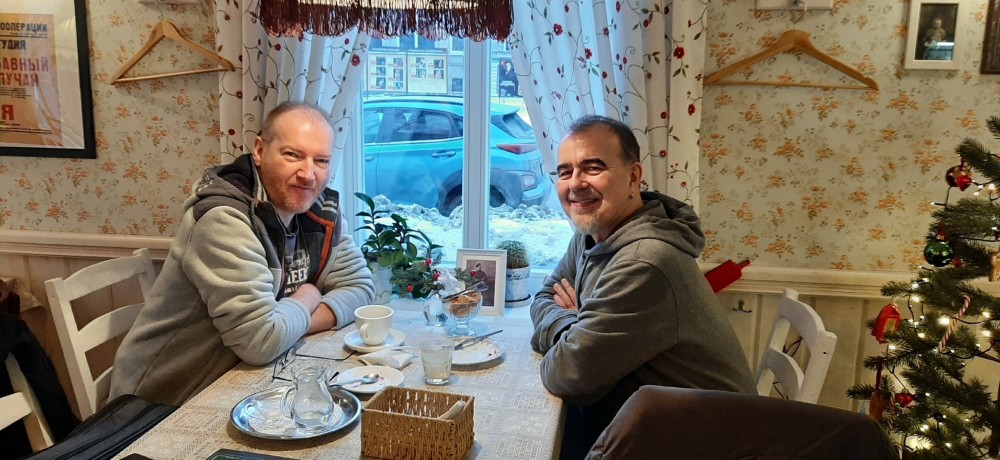
No comments:
Post a Comment